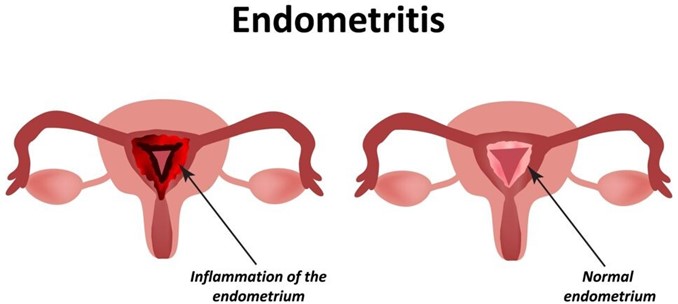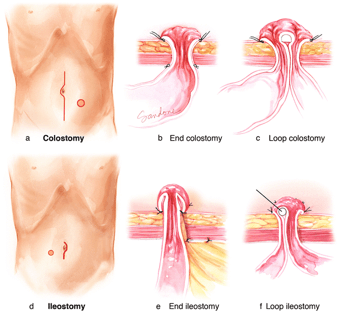Which finding should the practical nurse (PN) instruct the postpartum client to report to the charge nurse?
Increased diaphoresis during the day and night.
Breast engorgement on the fourth postpartum day.
Lochia color that changes to light pink or white.
Sudden or persistent temperature above 100.5 F (38.0 C).
The Correct Answer is D
This is the finding that the PN should instruct the postpartum client to report to the charge nurse because it may indicate an infection, such as endometritis, mastitis, or urinary tract infection, that requires prompt treatment. The PN should also instruct the client to monitor for other signs of infection, such as foul-smelling lochia, redness or tenderness of the breasts, or dysuria.

A. Increased diaphoresis during the day and night is a normal finding in the postpartum period and does not need to be reported. It is caused by hormonal changes and fluid shifts that occur after delivery.
B. Breast engorgement on the fourth postpartum day is a normal finding in the postpartum period and does not need to be reported. It is caused by increased blood flow and milk production in the breasts.
C. Lochia color that changes to light pink or white is a normal finding in the postpartum period and does not need to be reported. It indicates that the uterine lining is healing and regenerating after delivery.
Nursing Test Bank
Naxlex Comprehensive Predictor Exams
Related Questions
Correct Answer is A
Explanation
This is the best action for the PN to implement because it addresses the client's question and provides an opportunity to educate the client about the fecal diversion surgery and its outcomes. The PN should review the type, location, and appearance of the surgical opening (stoma) and explain how it will affect the client's elimination and body image.

Correct Answer is D
Explanation
The correct answer is choice D: Provide fluid and electrolyte replacement. Choice A rationale:
Isolating all infectious diarrhea victims is not the highest priority in this situation. While it is essential to prevent the spread of cholera, immediate medical intervention to treat those affected takes precedence.
Choice B rationale:
Administering prophylactic antibiotics as prescribed is not the highest priority because it focuses on prevention rather than treatment. In the case of a cholera outbreak, it is more critical to address the immediate needs of those already diagnosed.
Choice C rationale:
Administering cholera vaccines may be part of a preventive strategy, but it is not the highest priority during an active cholera outbreak. Vaccination takes time to develop immunity, and the focus should be on treating those already affected.
Choice D rationale:
Providing fluid and electrolyte replacement is the highest priority in managing cholera. Cholera is characterized by severe diarrhea and dehydration, which can lead to life-threatening complications. Promptly restoring fluids and electrolytes helps prevent shock and organ failure.
Whether you are a student looking to ace your exams or a practicing nurse seeking to enhance your expertise , our nursing education contents will empower you with the confidence and competence to make a difference in the lives of patients and become a respected leader in the healthcare field.
Visit Naxlex, invest in your future and unlock endless possibilities with our unparalleled nursing education contents today
Report Wrong Answer on the Current Question
Do you disagree with the answer? If yes, what is your expected answer? Explain.
Kindly be descriptive with the issue you are facing.
